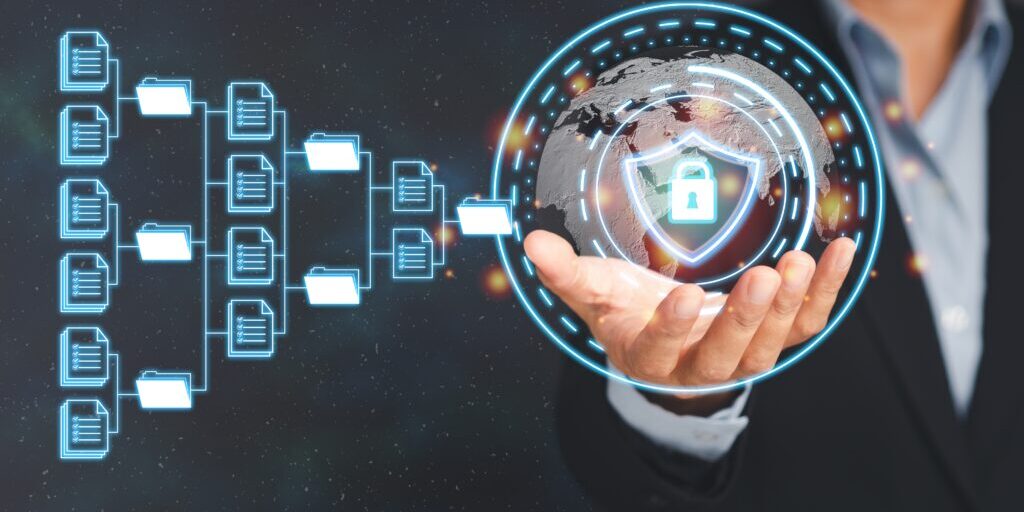
Streamlining the Login Workflow for Employees
Login Workflow in the Workplace
Most aspects of our daily lives and work are mediated by technology, and the login workflow serves as the primary gateway to our digital domains. However, conventional login methods often pose challenges—being stressful, time-consuming, tedious, and inefficient. With advancements in technology, innovative solutions are emerging to make login workflows faster, more efficient, and less stressful. This article aims to shed light on the problems associated with traditional login processes and introduce new solutions that are revolutionizing the way we access our digital worlds.
The Shortcomings of Traditional Login Workflows
Stress Factors
- Forgotten Passwords: One of the most common stress factors is the dread of forgetting a password, leading to a series of steps to reset it.
- CAPTCHA Tests: Deciphering distorted letters and numbers can often turn out to be a more complex task than it should be, causing unnecessary stress.
- Multi-Step Verification: While effective for security, multi-step verification can be inconvenient, requiring multiple devices or apps to complete.
Time-Consuming Elements
- Password Resets: Going through email or security questions to reset a password can be a time-consuming process, disrupting workflow.
- Limited Session Durations: Some platforms automatically log users out after a short period, necessitating frequent logins.
- Manual Entry: Typing in usernames and complex passwords takes time, more so if it has to be done multiple times a day.
Tediousness and Inefficiency
- Information Overload: Managing different usernames and passwords for multiple accounts can be overwhelming.
- Lack of Standardization: Varying security requirements across platforms (e.g., special characters, capital letters) complicate password creation and recall.
- Browser Incompatibility: Sometimes login features may not work seamlessly across all browsers, requiring additional steps.
The New Age of Login Workflow Solutions
Proximity Authentication
Proximity authentication solutions utilize a wireless beacon and sensor system to smoothly facilitate the credential management process. The organization can therefore increase cyber security posture without sacrificing employees’ login speed and conveinece.
Biometric Authentication
Utilizing fingerprint or facial recognition technology, biometric authentication speeds up the login process and eliminates the need for passwords.
Single Sign-On (SSO)
SSO allows users to access multiple services with a single set of credentials, making the login process more streamlined and less cumbersome.
Time-based One-Time Passwords (TOTP)
This technique generates a temporary code that you enter along with your password. While it adds a layer of security, modern apps have made TOTP easier and quicker to use.
Adaptive Authentication
Using machine learning algorithms, adaptive authentication measures various factors like user behavior and device location to calculate the risk level of a login attempt, subsequently determining the level of authentication needed.
Passwordless Authentication
Through a combination of mobile devices and biometric data, passwordless authentication removes the need for users to remember and input passwords, thereby speeding up the login process.
Login Workflow Enhance Solutions
The login workflow is an integral part of our interaction with digital platforms. While traditional methods have been rife with issues that make the process stressful, time-consuming, and inefficient, newer technologies are making strides in simplifying this essential task. By adopting modern solutions like proximity, biometric and passwordless authentication, as well as SSO and adaptive measures, both users and administrators can create a safer, quicker, and more efficient entryway into digital spaces.
See GateKeeper Enterprise advanced MFA in action.
Take a self-guided tour of how you can evolve from passwords. Then you're really saving time with automation.




